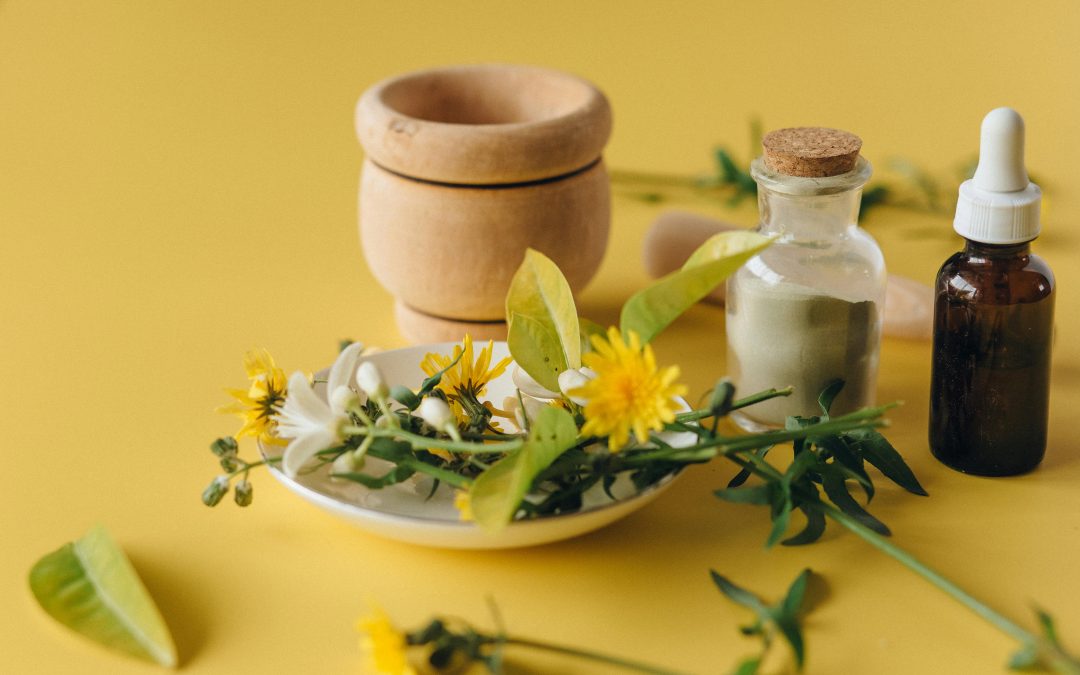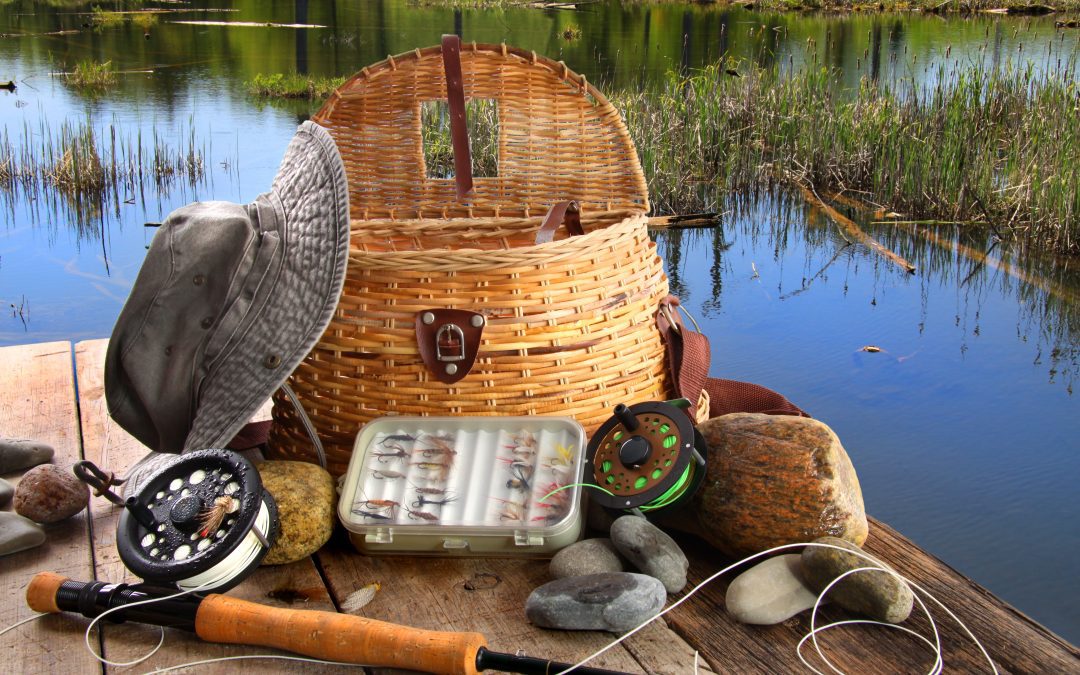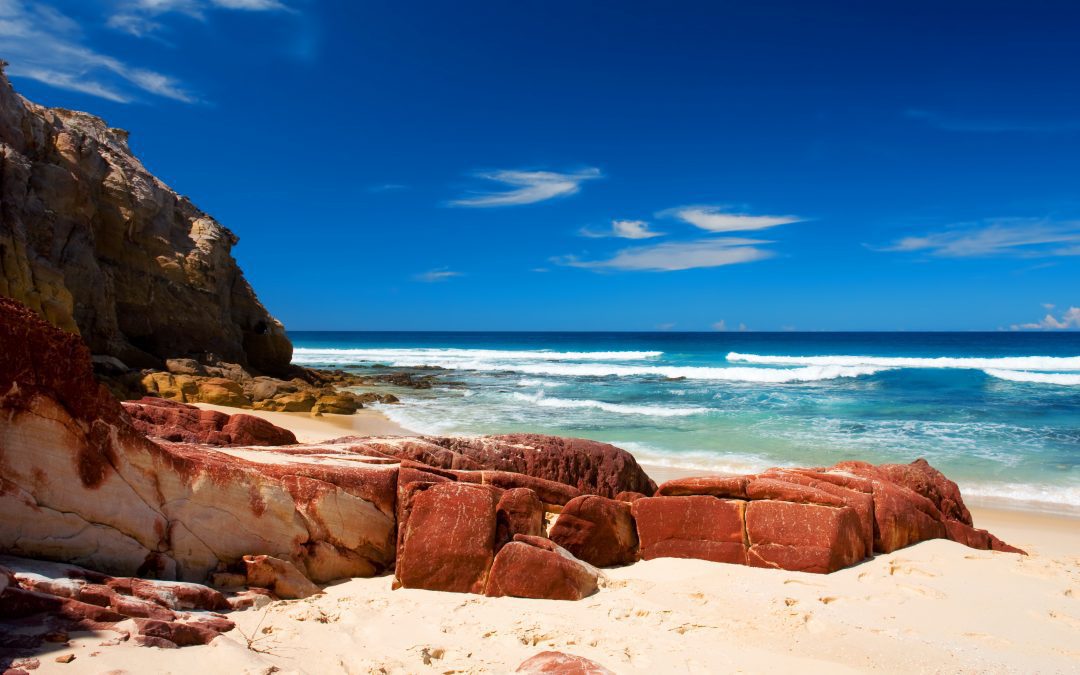Oceanía no es sólo una región, es una revelación. Formada por Australia, Nueva Zelanda y las islas del Pacífico, se extiende por el océano más grande del mundo y ofrece a los viajeros un tapiz de paisajes salvajes, culturas ancestrales y sencillez conmovedora.
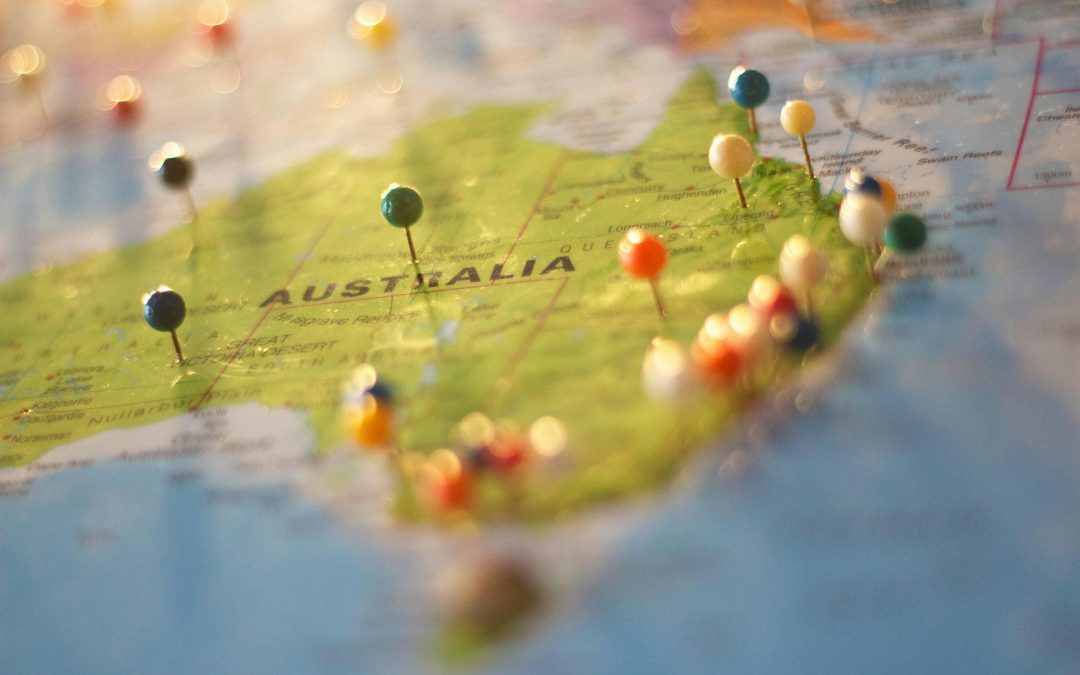
Oceanía al descubierto
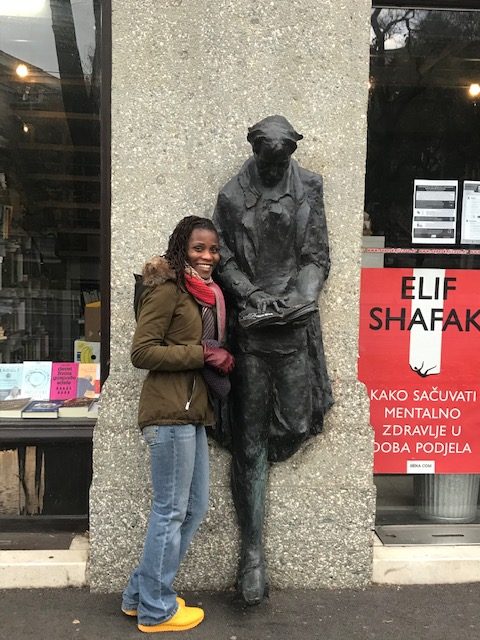
Oceanía al descubierto: Costas salvajes, cultura profunda y el espíritu del Pacífico
Introducción: El confín del mundo, el corazón de la Tierra
Oceanía no es sólo una región, es una revelación. Formada por Australia, Nueva Zelanda y las islas del Pacífico, se extiende por el océano más grande del mundo y ofrece a los viajeros un tapiz de paisajes salvajes, culturas ancestrales y sencillez conmovedora.
Desde las playas barridas por el surf de Byron Bay hasta los fiordos de Nueva Zelanda y los jardines de coral de Fiyi, Oceanía le invita a explorar no sólo lugares, sino filosofías. Es donde la naturaleza habla alto, las comunidades viven despacio y el viaje se convierte en transformación.
En este blog, viajaremos por los destinos más atractivos de Oceanía, descubriendo las historias, rituales y ritmos que hacen de esta región una de las más enriquecedoras de la Tierra.
1. Australia: Tierra de contrastes y conexiones
Byron Bay: Surf, espíritu y sostenibilidad
Byron Bay, en la costa este de Australia, suele describirse como una ciudad espiritual del surf. Con sus playas doradas, su exuberante interior y su ambiente bohemio, es un lugar donde el bienestar y la naturaleza se dan la mano.
¿Por qué visitar Byron Bay?
- Surf en el Paso o en la playa de Wategos
- Caminata hasta el faro de Cape Byron para ver el amanecer
- Explorar el Castillo de Cristal y los Jardines de Shambala
- Asista a los mercados agrícolas y festivales de bienestar locales
El espíritu de Byron Bay se basa en la sostenibilidad, la comunidad y la creatividad. Es un lugar para bajar el ritmo, respirar hondo y reconectar.
Tasmania: naturaleza y maravillas
Tasmania, el estado insular de Australia, es un paraíso para los amantes de la naturaleza y los buscadores de soledad.
Lo más destacado:
- Parque Nacional de Cradle Mountain-Lake St Clair
- MONA (Museo de Arte Antiguo y Nuevo) en Hobart
- Gastronomía y vida salvaje en la isla de Bruny
- Playas de granito anaranjado de la Bahía de los Fuegos
Tasmania ofrece una experiencia cruda y elemental, perfecta para el senderismo, el kayak y la introspección.
El Centro Rojo: Paisajes sagrados
Uluru (Ayers Rock) es más que un monumento: es un lugar cultural vivo para el pueblo anangu.
Experiencias:
- Caminar por la base de Uluru con un guía indígena
- Visite las cúpulas de Kata Tjuta
- Observar las estrellas en el desierto
- Aprende sobre la tjukurpa (ley y narración anangu)
El Centro Rojo enseña a los viajeros el respeto, la resistencia y el carácter sagrado de la tierra.
2. Nueva Zelanda: El alma dual de Aotearoa
Nueva Zelanda, o Aotearoa, es una tierra de dualidad: montañas y playas, maoríes y pākehā (europeos), aventura y serenidad.
Isla Sur: Drama y profundidad
Destinos imprescindibles:
- Parque Nacional de Fiordland: Milford y Doubtful Sound
- Queenstown: Capital de la aventura con puenting, esquí y jet boat
- Wanaka: Tranquilidad junto al lago y rutas de senderismo
- Kaikōura: avistamiento de ballenas y marisco
La Isla Sur es cinematográfica, espiritual e infinitamente fotogénica.
Isla Norte: Cultura y comunidad
Lo más destacado:
- Rotorua: Maravillas geotérmicas y cultura maorí
- Wellington: Capital del arte, el café y los museos
- Bahía de las Islas: Vela, submarinismo e historia
- Cuevas de Waitomo: Luciérnagas y ríos subterráneos
North Island ofrece calidez, narración de historias y conexión.
Cultura maorí: Un legado vivo
Viajar por Nueva Zelanda es comprometerse con Te Ao Māori-la cosmovisión maorí.
Experiencias culturales:
- Asistir a un pōwhiri (ceremonia de bienvenida).
- Aprender haka y waiata (canciones)
- Visita al marae (lugar de reunión)
- Escucha las leyendas de Tāne Mahuta y Māui
El respeto, la reciprocidad y la kaitiakitanga (custodia de la naturaleza) son valores esenciales para los maoríes y para viajar con sentido.
3. Las islas del Pacífico: Mundos azules y tradiciones profundas
Las naciones insulares de Oceanía -Fiji, Samoa, Tonga, Vanuatu y otras- ofrecen a los viajeros la oportunidad de experimentar una vida marcada por el océano.
Fiyi: Coral, cultura y comunidad
Fiyi es famosa por sus aguas turquesas y su cálida hospitalidad. Pero más allá de los complejos turísticos se esconde un rico tapiz cultural.
Qué hacer:
- Snorkel en las islas Yasawa
- Visita a un pueblo tradicional de Fiyi
- Participar en una ceremonia de kava
- Senderismo en el Parque del Patrimonio Nacional de Bouma
El concepto de Fiyi de “espíritu bula”-alegría, acogida y conexión- es palpable.
Samoa: Fa'a Samoa y los lugares sagrados
La cultura de Samoa, conocida como Fa'a Samoa, hace hincapié en la familia, el respeto y la tradición.
Lo más destacado:
- Nadar en la fosa oceánica de To Sua
- Explorar campos de lava y cascadas
- Asistir a una noche de fiafia (baile y fiesta)
- Visite la casa de Robert Louis Stevenson
Samoa ofrece a los viajeros la oportunidad de ser testigos del patrimonio vivo y la belleza natural.
Tonga: El Reino del Pacífico
Tonga es una de las pocas monarquías que quedan en el Pacífico, con un fuerte sentimiento de identidad y orgullo.
Experiencias:
- Avistar ballenas jorobadas en Vava'u
- Visite Ha'amonga ‘a Maui Trilithon
- Explorar islas deshabitadas en kayak
- Conozca la tela de tapa tongana y la narración de cuentos
Tonga es tranquilo, auténtico y profundamente arraigado en la tradición.
4. Zonas climáticas de Oceanía: Embalaje y planificación
Oceanía abarca múltiples zonas climáticas:
- Tropical (Fiyi, Samoa): Caluroso y húmedo todo el año
- Templado (Nueva Zelanda): Cuatro estaciones, clima variable
- Árido (Australia central): Días calurosos, noches frías
- Alpine (NZ Isla Sur): Nieve en invierno, veranos frescos
Consejos para hacer la maleta:
- Capas ligeras para zonas tropicales
- Equipo impermeable para Nueva Zelanda
- Protección solar e hidratación para los desiertos
- Vestimenta respetuosa para las visitas culturales
Compruebe siempre las costumbres locales y el tiempo antes de partir.
5. Sostenibilidad en Oceanía: viajes solidarios
Los ecosistemas de Oceanía son frágiles y sagrados. Los viajeros pueden ayudar a protegerlos:
A. Apoyo a las empresas locales
- Estancia en alojamientos familiares
- Comprar artesanía a artesanos indígenas
- Coma productos locales
B. Respetar la naturaleza
- Siga los principios de "no dejar rastro
- Evita tocar el coral o la fauna
- Utilice cremas solares seguras para los arrecifes
C. Aprender y escuchar
- Asistir a talleres culturales
- Preguntar con humildad
- Compartir historias con responsabilidad
Viajar de forma sostenible por Oceanía es una cuestión de reciprocidad, no sólo de tomar, sino de dar.
6. Bienestar y Rewilding en Oceanía
Oceanía es un destino de bienestar natural. Aquí te explicamos cómo rejuvenecer tu cuerpo y tu alma:
Australia: Byron Bay y Tasmania
- Yoga en la playa
- Baños de bosque en eucaliptos
- Terapia de surf y respiración
Nueva Zelanda: Wanaka y Rotorua
- Aguas termales y baños de barro
- Retiros de senderismo y meditación
- Tradiciones curativas maoríes
Islas del Pacífico: Fiyi y Samoa
- Bañarse en el océano y bucear entre corales
- Masaje tradicional y hierbas medicinales
- Rituales con aceite de coco y ceremonias con kava
Aquí el bienestar no se fabrica: se hereda, se intuye y se sumerge.
7. Voces de Oceanía: los viajeros reflexionan
Lily, 33 años, Vancouver
“En Nueva Zelanda, sentí que la tierra me hablaba. Los guías maoríes no se limitaron a mostrarnos lugares: nos contaron historias que cambiaron mi forma de ver el mundo”.”
Tane, 45 años, Rotorua
“Nuestros antepasados nos enseñaron a cuidar la tierra. Cuando los viajeros vienen con respeto, pasan a formar parte de esa historia”.”
Maya, 29 años, Londres
“Nadar en Fiyi fue como volver a algo antiguo. El coral, los colores, el silencio... fue curativo”.”
8. Cómo planificar su viaje a Oceanía
Paso 1: Elija su enfoque
- Aventura (NZ, Australia)
- Cultura (Samoa, Tonga)
- Bienestar (Byron Bay, Fiyi)
- Naturaleza (Tasmania, Vanuatu)
Paso 2: Crear un itinerario lento
- Pasar al menos 2-3 noches en cada lugar
- Incluir experiencias culturales y tiempo en la naturaleza
- Dejar espacio para la espontaneidad
Paso 3: Viajar con conciencia
- Compense su huella de carbono
- Aprender las frases básicas locales
- Respetar los lugares sagrados y las costumbres
Oceanía recompensa a los viajeros que se mueven con intención.
Conclusiones: Oceanía como forma de ser
Oceanía no es sólo un lugar, es una forma de ser. Nos enseña a escuchar a la tierra, a honrar al océano y a vivir con el corazón. Nos invita a ir más despacio, a conectar y a recordar que viajar no es consumir, sino estar en comunión.
Tanto si practica surf en Byron Bay, hace senderismo en Fiordland o comparte kava en Fiyi, deje que Oceanía le cambie. Deja que te recuerde que los confines del mundo suelen ser el lugar donde residen las verdades más profundas.

Written by
Más de esta categoría

Oceanía al descubierto

Oceanía al descubierto
Oceanía no es sólo una región, es una revelación. Formada por Australia, Nueva Zelanda y las islas del Pacífico, se extiende por el océano más grande del mundo y ofrece a los viajeros un tapiz de paisajes salvajes, culturas ancestrales y sencillez conmovedora.

Oceanía al descubierto
Oceanía no es sólo una región, es una revelación. Formada por Australia, Nueva Zelanda y las islas del Pacífico, se extiende por el océano más grande del mundo y ofrece a los viajeros un tapiz de paisajes salvajes, culturas ancestrales y sencillez conmovedora.
Comentarios
Nuestro boletín

